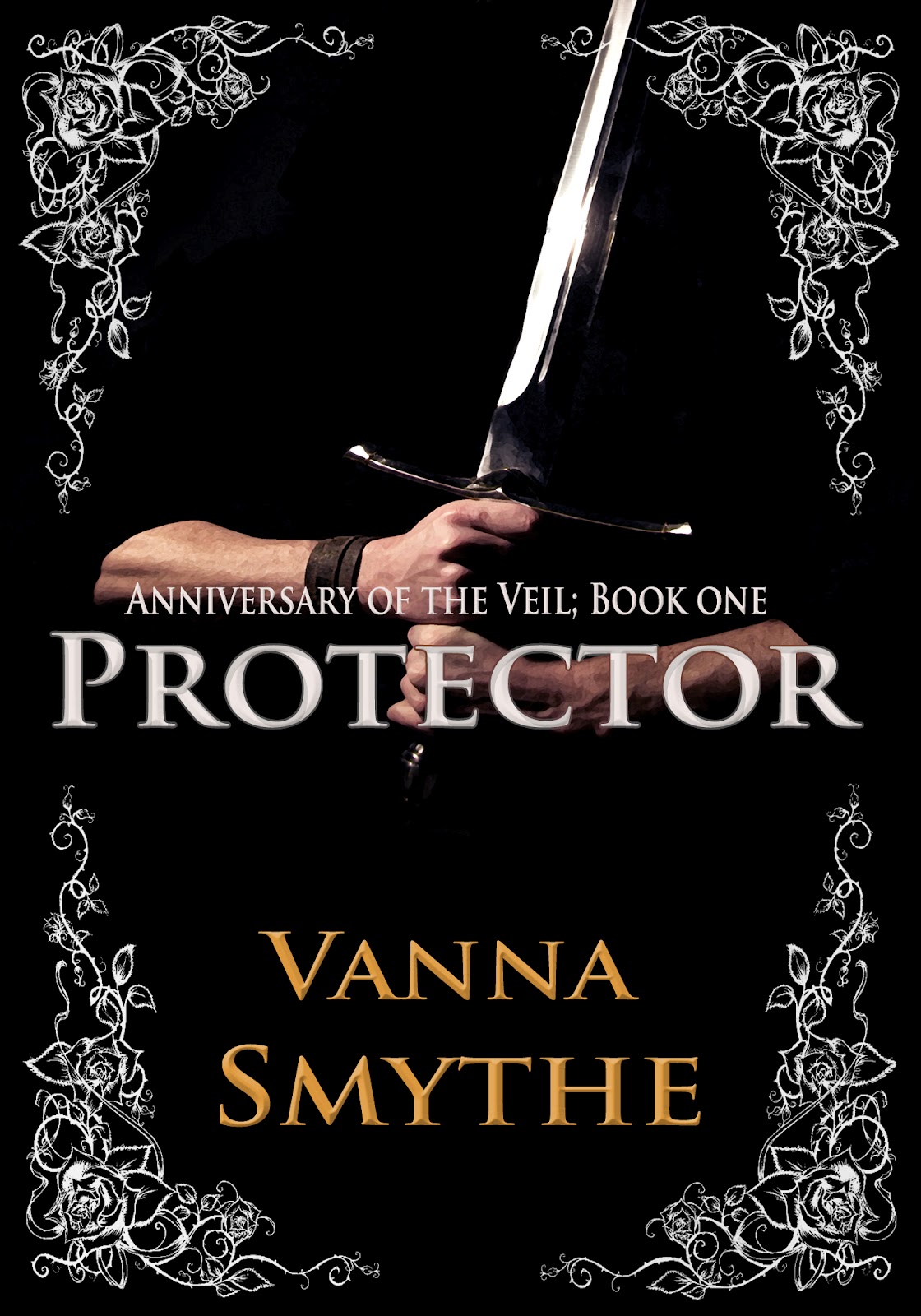10 Things You Didn’t Know About Becoming a Published Author
By Harriet Hodgson
Being a published author looks exciting from the outside. From the inside, however, it’s a different story. I’ve been a freelance writer for 36+ years and my years in the trenches have taught me a lot about book publishing. I write non-fiction health and wellness books and these points come from this experience.
1. You have to work hard. When I say work, I mean writing every day. While you may not write during the holidays or when you’re on a trip, most days you sit down and write.
2. Writing takes planning. You start with an idea, make an outline, flesh in the details, do your research, and start writing. This process can take weeks, months, or even years. I worked on a book for a dozen years and am still amazed at the time it took.
3. Revisions come with the territory. The copy that sounded good last week may seem a bit sour the next week. When you’re revising copy, think of Pulitzer Prize winner James Michener, who said he wasn’t a good at writing, but was good at revisions.
4. Rejection also comes with the territory. Every publisher isn’t going to like your book. When your first rejections arrive you may cry. (I did.) Instead of focusing on emotion, focus on making your book better.
5. Staying current is essential. When you’re a published author, you need to be aware of trends and update yourself on them continuously. Your book ideas should fit these trends.
6. People will tell you they were going to write the book. This has happened to me several times and I just say something like “Good ideas have their time” or “Guess we both had the same idea.”
7. Marketing is part of being an author. Publishers’ marketing budgets are shrinking and most publishers, whether they’re royalty publishers, indie publishers, or print-on-demand publishers, ask their authors to help with marketing.
8. Support your book with talks and workshops. Your workshops shouldn’t be book commercials, they should be extensions of your book. People should go away with new information and a better understanding of you.
9. Use the power of the Internet. I’m a grandmother and never received any computer training. Anything I learned I learned from experience. You need an Internet presence in order to sell books.
10. Get reviews. Amazon reviews, Internet book club reviews, and print reviews all draw attention to your book. Getting reviews isn’t easy, but they are worth the time and effort you put into them.
Buy Now @ Amazon
Genre – Non-fiction
Rating – G
More details about the author & the book
Connect with Harriet W Hodgson on Twitter
Website http://harriethodgson.com/











